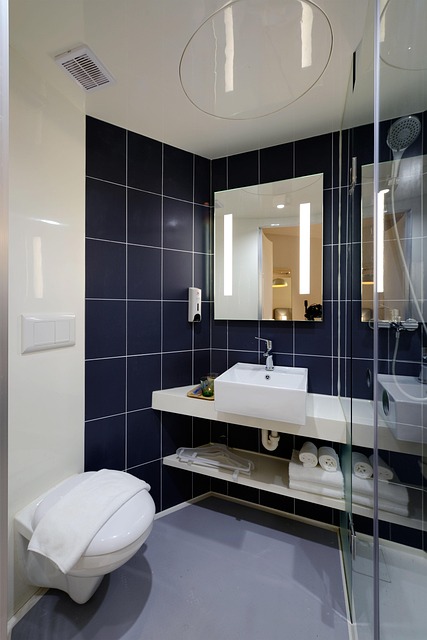Understanding and addressing bathroom tile stain causes is paramount for efficient cleaning. Different stain types demand specific approaches using suitable tools and cleaners. Pre-treating stains, choosing right products, deep cleaning techniques, regular maintenance, and professional help are essential for sparkling tiles. Utilize mild, pH-neutral cleaners to protect grout and tiles from damage, preventing harsh chemical residue. Consistent care ensures bathroom tiles remain pristine.
Tired of dealing with unsightly bathroom tile stains? This comprehensive guide is your go-to resource for achieving a sparkling, stain-free bathroom. We demystify the causes of common bathroom tile stains and equip you with essential tools and techniques for effective cleaning. From pre-treating to choosing the right products and deep cleaning strategies, we cover it all. Learn how to prevent future staining, know when professional help is needed, and maintain your bathroom’s pristine finish. Discover expert tips tailored for optimal bathroom tile cleaning.
Understanding Bathroom Tile Stain Causes
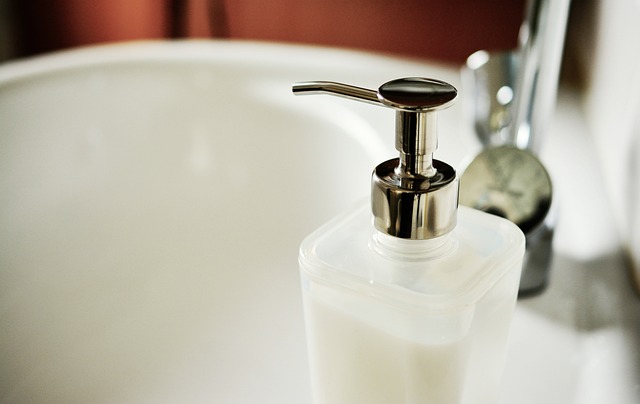
Understanding the causes of bathroom tile stains is the first step in effective cleaning and removal. Bathroom tiles are prone to staining due to their constant exposure to moisture, soap residue, and various substances like makeup, hair, and nail polish. Over time, these elements can leave behind hard-to-remove marks, discolouration, and even mould or mildew.
Different types of stains require specific cleaning approaches. For instance, water stains and mineral deposits often build up over time, leaving a film on the tiles. On the other hand, oil-based stains from skin products or toothpaste can be more challenging to eliminate. Knowing the source of the stain will help in choosing the right cleaning methods and products for effective bathroom tile cleaning.
Essential Tools for Effective Tile Cleaning
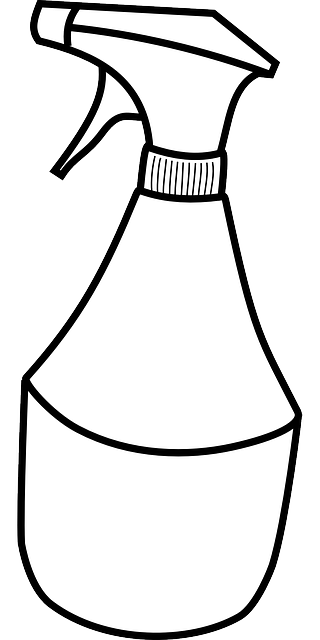
When it comes to effective bathroom tile cleaning, the right tools can make all the difference. A good quality bucket and sponge are essential for efficient cleaning, allowing you to apply cleaner effectively and reach hard-to-get-at spots. Microfiber cloths are another must-have; they’re highly absorbent, capturing dirt and grime without leaving scratches.
For deeper cleaning, an electric scrubber can be a game-changer. These tools provide powerful rotation and pulsating water jets, making short work of stubborn stains. Additionally, a good tile brush with stiff bristles is useful for tackling tough buildup. Remember to choose brushes designed specifically for tiles to avoid damaging surfaces.
Pre-Treating Stains: The First Step to Success
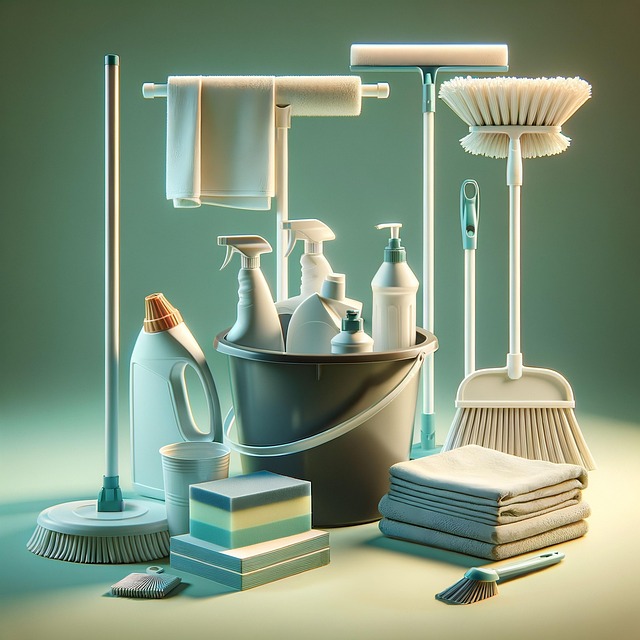
Before diving into the removal process, pre-treating bathroom tile stains is a crucial first step. This initial preparation involves identifying the type of stain and selecting an appropriate cleaner or solution. Common issues like mold, mildew, hard water spots, and grease require specific treatments to ensure effective removal without causing further damage.
For instance, mold and mildew thrive in damp environments, so addressing moisture issues with a dehumidifier or ventilating fan is often necessary alongside using a potent cleaning agent. Hard water stains benefit from diluted vinegar or commercial descalers, while greasy residues respond well to mild dishwashing soap or specialized tile cleaners designed for bathroom use. Pre-treating not only enhances the cleaning efficiency but also helps prevent permanent staining and ensures your bathroom tiles look as good as new.
Choosing the Right Cleaning Solutions

When it comes to tile stain removal for bathrooms, selecting the appropriate cleaning solutions is a critical first step. The right products can make all the difference in effectively addressing stubborn stains and revitalizing your bathroom’s appearance. In terms of bathroom tile cleaning, it’s essential to choose products that are specifically formulated for porous ceramic or porcelain tiles, as these materials require specialized care. Look for cleaners that contain enzymes or acid-based ingredients designed to break down and remove organic stains without damaging the tile surface.
Moreover, consider your specific type of stain when making your selection. For example, grout stains may necessitate a product with stronger bleaching agents, while water spots and mineral deposits can be tackled with natural, non-acidic cleaners. Always follow the manufacturer’s instructions for application and safety precautions to ensure optimal results without compromising the integrity of your bathroom tiles.
Deep Cleaning Techniques for Grout and Tiles
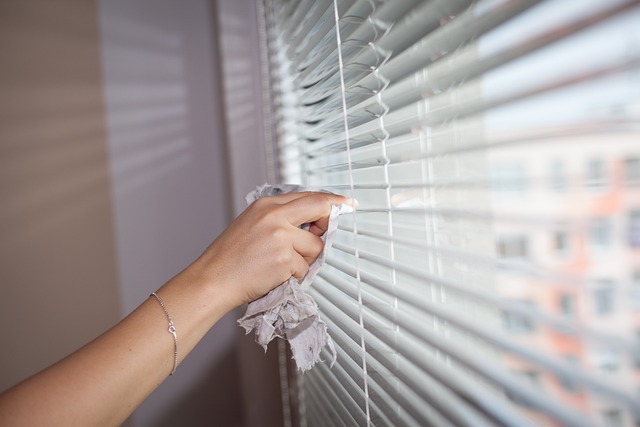
Deep cleaning techniques are essential for achieving sparkling bathroom tile and grout. Start by vacuuming or sweeping to remove loose dirt and debris. Then, mix a solution of warm water and mild detergent, dipping a soft-bristled brush into the mixture. Gently scrub the tiles and grout lines, paying extra attention to stained areas. Rinse thoroughly with a damp cloth or sponge, ensuring no soap residue is left behind. For tougher stains, apply a commercial tile cleaner or a mixture of baking soda and vinegar directly onto the affected spots. Let it sit for several minutes before scrubbing and rinsing clean. Regular deep cleaning will prevent buildup and make future bathroom tile cleaning tasks easier.
Removing Common Bathroom Stain Types

When it comes to bathroom tile cleaning, tackling common stain types is a crucial first step. The bustling environment of a bathroom often leads to various stains, from water spots and mineral deposits to hard-to-remove marks left by soap or toothpaste. Identifying the specific type of stain is key to effective removal.
For instance, water spots and mineral deposits can be treated with vinegar or citric acid solutions, which safely dissolve these residues. Hard water stains often require a blend of baking soda and vinegar for a powerful cleaning action. More stubborn marks, like those from soap or toothpaste, might demand stronger solutions, such as bleach or specialized tile cleaners, but it’s essential to use them sparingly to avoid damaging the tiles.
Tips for Preventing Future Staining
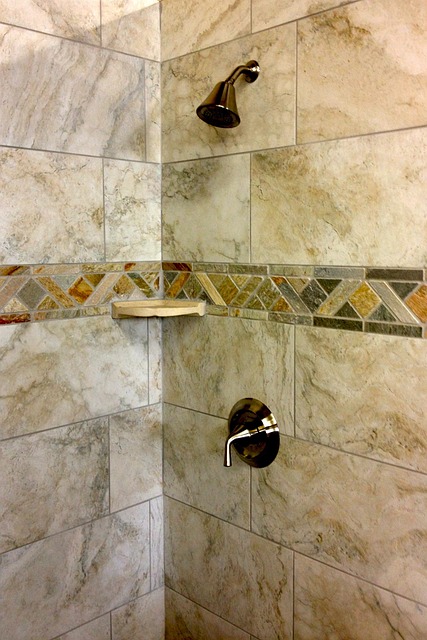
Regular maintenance is key to preventing tile staining in your bathroom. Start by establishing a consistent cleaning routine, focusing on spot-cleaning as soon as spills occur and deep cleaning the tiles weekly. Use non-abrasive cleaners and soft cloths or sponges to avoid damaging the tile surface.
Additionally, consider sealing your tiles after cleaning to create a protective barrier against stains. This is especially useful for porous materials like ceramic or stone. Preventative measures such as these will not only keep your bathroom looking fresh but also make future stain removal easier.
When to Consider Professional Help
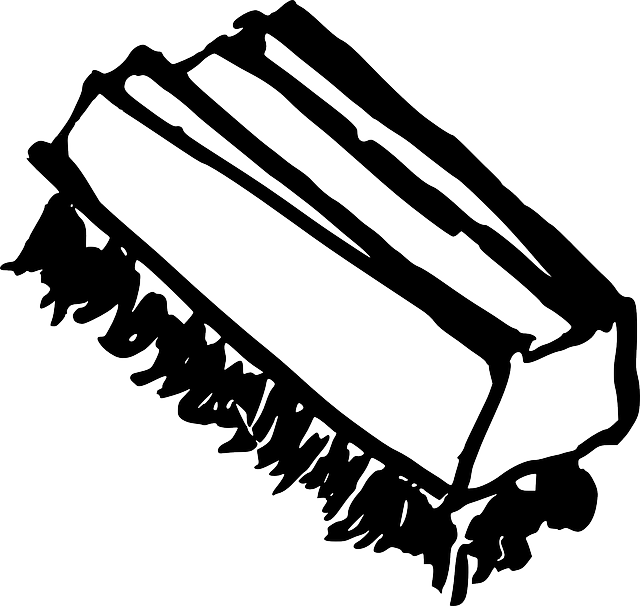
If your bathroom tiles have stubborn stains that simply won’t budge with regular cleaning, it might be time to consider professional help. While many DIY tile cleaning methods can go a long way, complex or heavy-set stains may require specialized equipment and expertise. Professional cleaners have access to powerful steam cleaners and eco-friendly, safe-for-surfaces cleaning agents that can remove even the toughest grout and tile stains without damaging your bathroom’s integrity.
Moreover, if your tiles are part of a unique or intricate design—or if you’re dealing with natural stone—it’s best to leave the cleaning to experts who understand how to preserve these valuable assets while ensuring the longevity and aesthetic appeal of your bathroom tile cleaning process.
Maintaining a Sparkling Bathroom Tile Finish
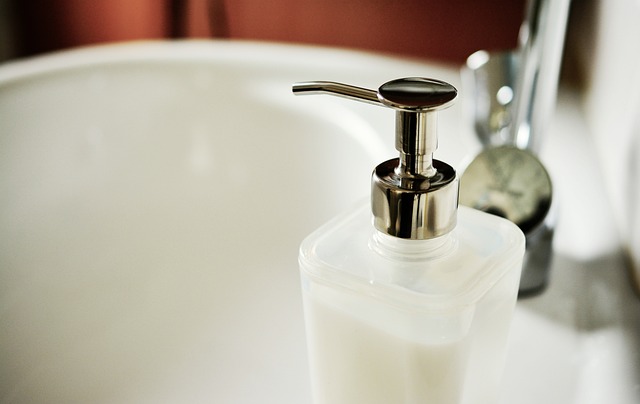
Maintaining a sparkling bathroom tile finish is essential for creating a clean and welcoming space. Regular cleaning plays a vital role in preventing stains from setting in, especially in humid environments where moisture can lead to discoloration. A consistent bathroom tile cleaning routine should include using mild, pH-neutral cleaners that won’t damage the grout or tiles. Avoid harsh chemicals that can leave behind residue, as they may require more intensive stain removal methods later on.
To keep your bathroom tiles looking their best, consider a weekly deep clean involving a mixture of warm water and a mild detergent or vinegar. This will help remove any built-up soap scum or mineral deposits. For tougher stains, use a toothbrush to apply a small amount of baking soda paste and let it sit for a few minutes before scrubbing gently with a damp cloth. Regular care ensures that your bathroom tiles remain in pristine condition, providing a refreshing ambiance every time you enter the room.
